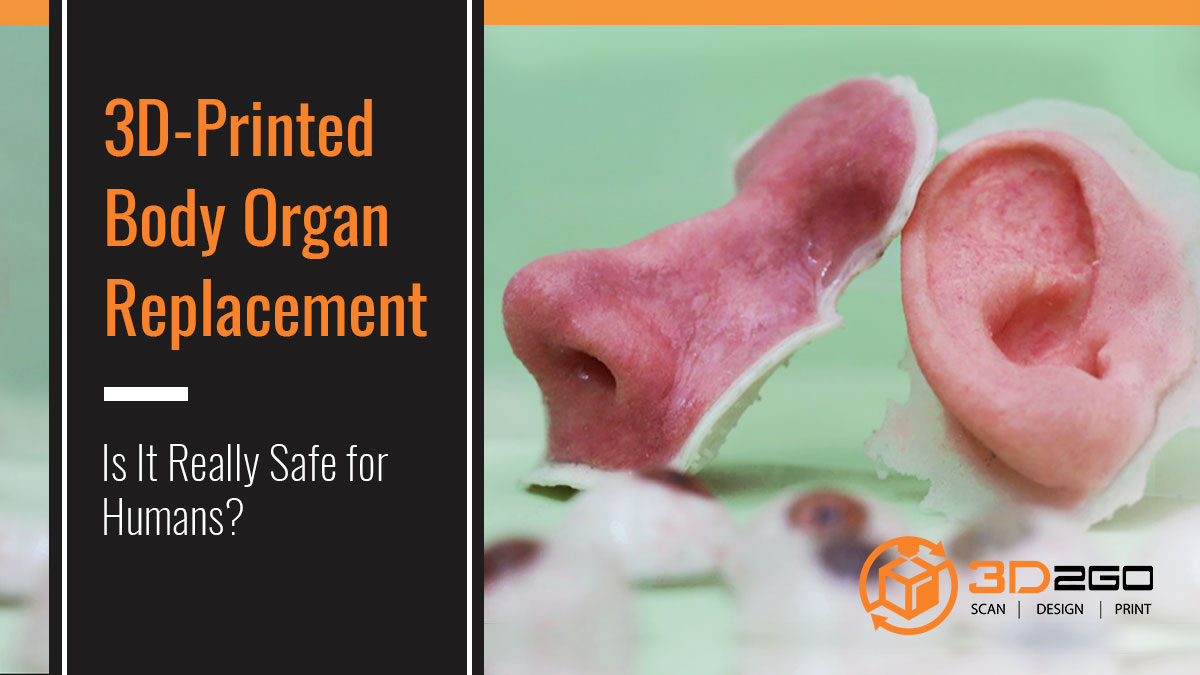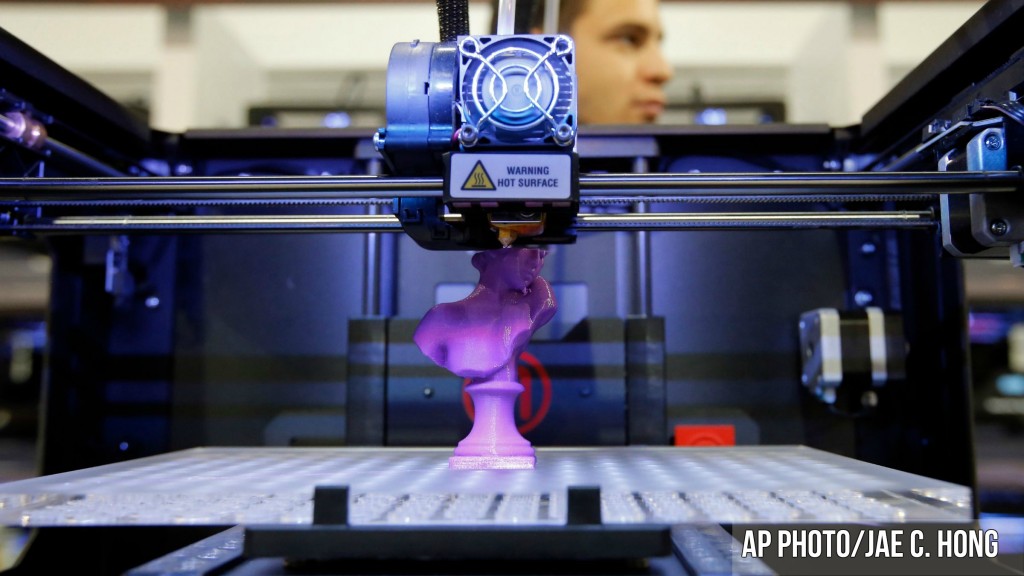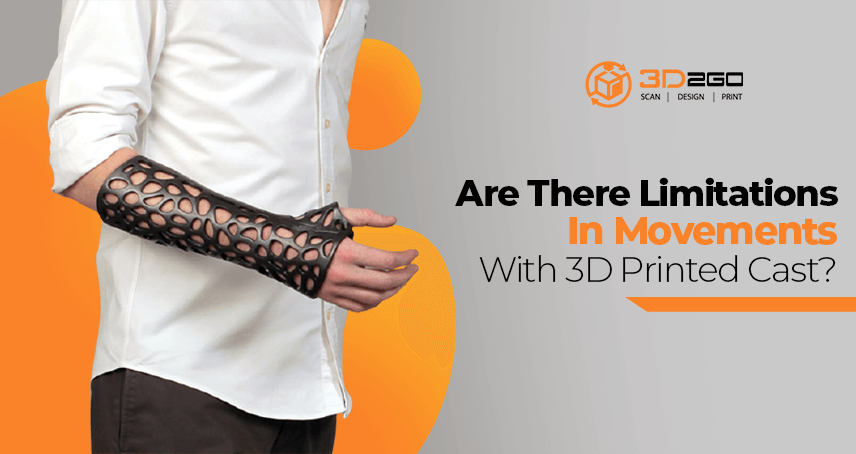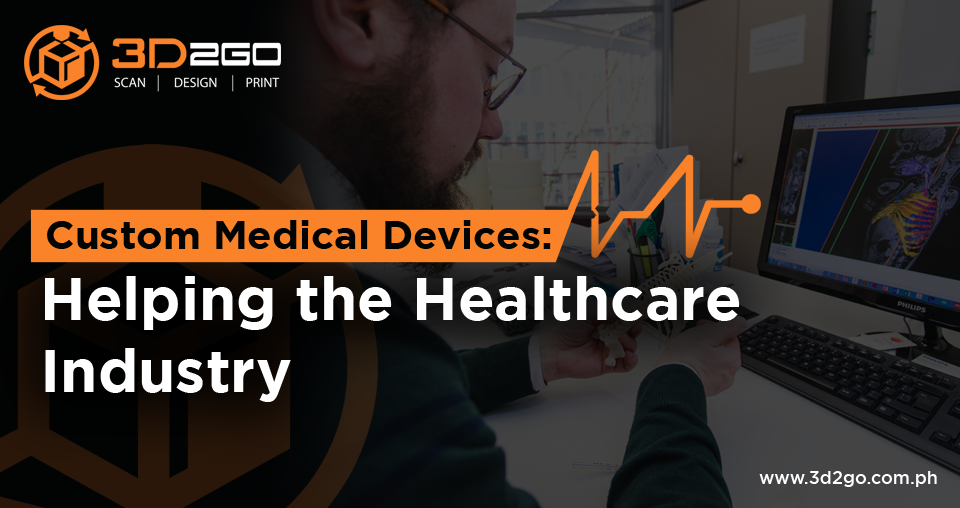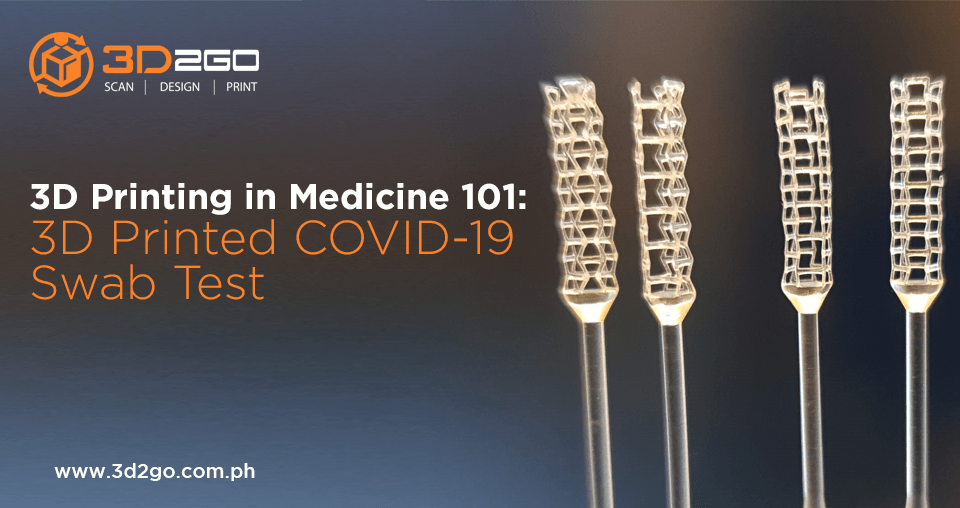Customizable 3D Toys with 3D Printing
June 29, 2022
How Much Is A 3D Scan Technology?
June 29, 20223D printing has come a long way since being used merely for rapid prototyping. Don’t look back now; we may only be some years away until 3D printing is used to create an entire human organ from scratch. It’s going to be a breakthrough among breakthroughs when that happens. After all, human life is at stake, making it far more complex than producing 3D-printed toys, jewelries, or buildings.
For many years, experts have been reproducing human cells merely with the goal of creating urine tubes, blood vessels, and so on. Everything is done by hand inside medical laboratories. Needless to say, 3D printing made life easier for them. Specialized 3D printers have been able to recreate the vascular systems needed to come up with an organ. In fact, they are already being used by medical researchers to create small strips of organ tissues.
However, recreating a human organ is a whole different story. The mere thought of it sparks controversy, and a huge part of it has to do with ethical concerns. Is it morally upright? Does it go against Christian values and beliefs? In a liberal world, this may not be much of a problem.
Apart from effectiveness, the main concern then will be safety. Are 3D printed parts replacement safe for humans? Can bioprinting organs prove harmful in the long run? Will it have any unwanted effects on the body?
How Does Bioprinting Work?
Firstly, doctors scan internal organs using a Computer Tomography (CT) scan or through Magnetic Resonance Imaging (MRI). With the data captured, they are able to make a 3D-rendered model before it is converted into a file program. This file will be used to make a precise and synthetic 3D model of that particular organ. The entire process is carefully done layer by layer.
Is a 3D Printed Body Organ Safe for Humans?
When a foreign object is introduced into the body at any point, there is always a question of safety. Quite frankly, there is absolutely nothing to worry about especially if you come to a trusted 3D printing service provider. Trust us when we say that the procedure is completely safe. After all, international and local medical authorities test new treatments for safety and effectiveness before it is introduced to the public.
For one, the 3D object is tailored to the patient’s needs so it cannot be tested on other patients, which prevents contamination. Titanium, the metal used for bone replacement is compatible with human tissue. It is already being used today in orthopedic surgery. Titanium has been tested time and again, and it is unlikely to post new risks.
When Will That Time Come?
Currently, there are no recorded instances of full 3D-printed organ replacement. 3D-printed tissues, however, can be used to repair damaged organs. It may take several more years, perhaps decades, for this to materialize. But the technology is fast developing and researchers may be on double time because of a shortage of donated organs.


